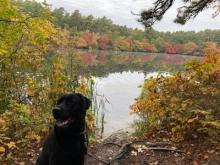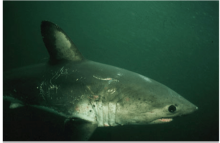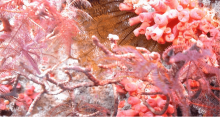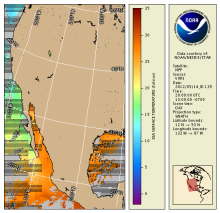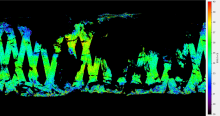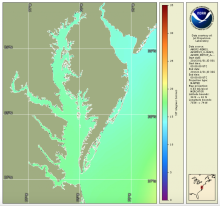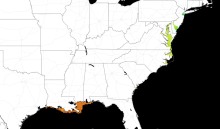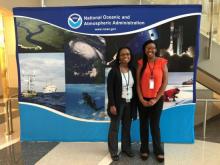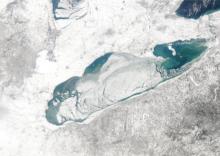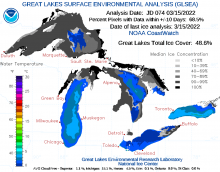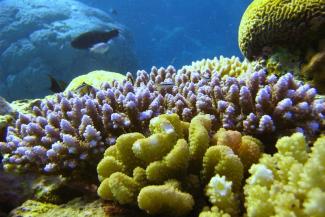
Ecosystem Monitoring
Juvenile Salmon Shark Habitat Use Research
User Story
Standings of small juvenile salmon sharks have been reported between British Columbia, Canada and northern Baja California. A recent study used CoastWatch sea surface temperature data from the west coast regional node to explore the link between salmon shark strandings and water temperature.
Ocean acidification in the Caribbean
User Story
In collaboration with the NOAA Atlantic Oceanographic and Meteorological Laboratory's Ocean Chemistry and Ecosystems Division and NOAA Coral Reef Watch, the Caribbean/Gulf of America node of CoastWatch produces an ocean acidification product suite for the greater Caribbean region to track changes in the surface ocean that can be used as an important tool in coral reef research and management.
2022 Status of U.S. Marine and Great Lakes Ecosystems Released
Announcement
The Ecosystem Indicator Working Group (EIWG) has released an update of the National Marine Ecosystem Status website, which provides easy access to NOAA’s wide range of important coastal and marine ecosystem data. The website provides a holistic view of important ecosystem data and has been newly expanded to the Great Lakes in 2022. New indicators such as the number of days an ecosystem experiences a marine heatwave and changes in the distribution of species have also been added.
A Satellite's View of Coastal Erosion
User Story
One expected impact of climate change is an increase in the frequency and severity of storms in the eastern United States. As such, many coastal communities and ecosystems are increasingly vulnerable to the detrimental impacts of coastal erosion. The CoastWatch East Coast node monitors coastal erosion by tracking in-water sediment values.
Detecting Sea Level Anomalies with Satellites
User Story
By studying sea level anomalies, scientists can improve understanding of ocean circulation patterns and improve forecasts of climatological events such as El Niño and La Niña. The NOAA Laboratory for Satellite Altimetry produces daily near-real time global sea level anomaly datasets from a constellation of radar altimeter missions.
Improving Satellite Sea Surface Temperature Analysis
User Story
Information about sea surface temperature is important for weather and ocean forecasting, climate monitoring, military and defense operations, ecosystem assessment, fisheries analyses and tourism operations. NOAA's Sea Surface Temperature Team is working to improve their products by reanalyzing past data with NOAA's Advanced Clear-Sky Processor for Oceans (ACSPO) using the enterprise algorithm.
Colors and Confusion: Making Better Color Choices for Data Visualization
User Story
Communication of scientific information and data to the public is part of NOAA’s mission, and scientific visualization is often the public’s first encounter with the agency’s data. This post gives an overview of recent advances and considerations for selecting and improving color selection for remote sensing data. NOAA CoastWatch will be experimenting with different colors for its data presentations.
Saharan Dust and its Impacts
User Story
Winds blowing across the Sahara Desert send large clouds of dust that travel thousands of miles to the Atlantic Ocean or Mediterranean Sea. The growth of phytoplankton, microscopic plants at the base of the ocean food chain, is restricted by iron availability. When Saharan dust is blown into the ocean, phytoplankton use the iron and nutrients from the dust and begin to grow and reproduce.
Temperature Climate Indicators of Estuaries
User Story
The National Estuary Program identifies, protects, and conserves water quality for ecologically significant estuaries and surrounding watersheds. The National Estuary Program uses Sea Surface Temperature time series products produced by the NOAA CoastWatch East Coast Node for estuary management.



